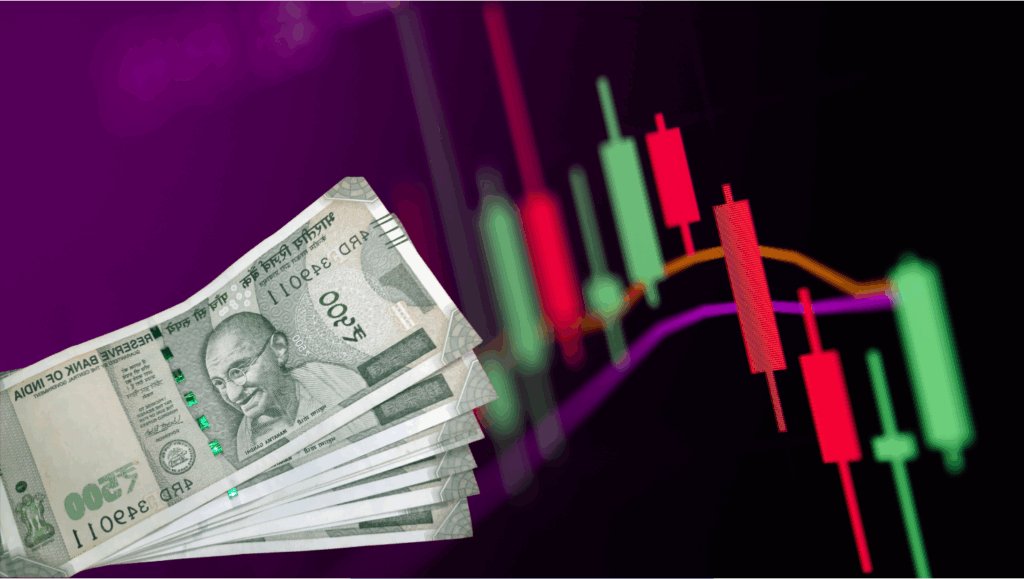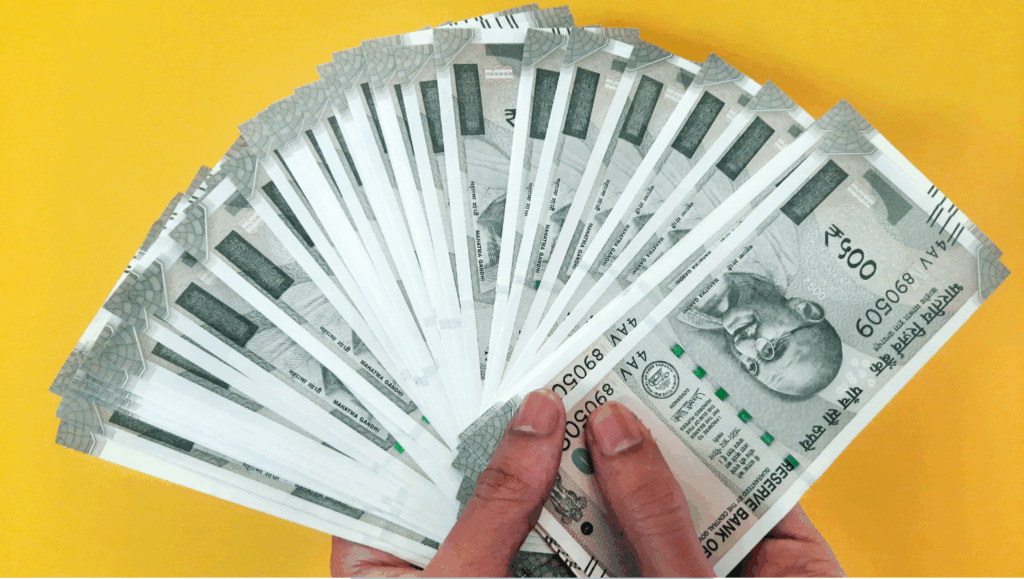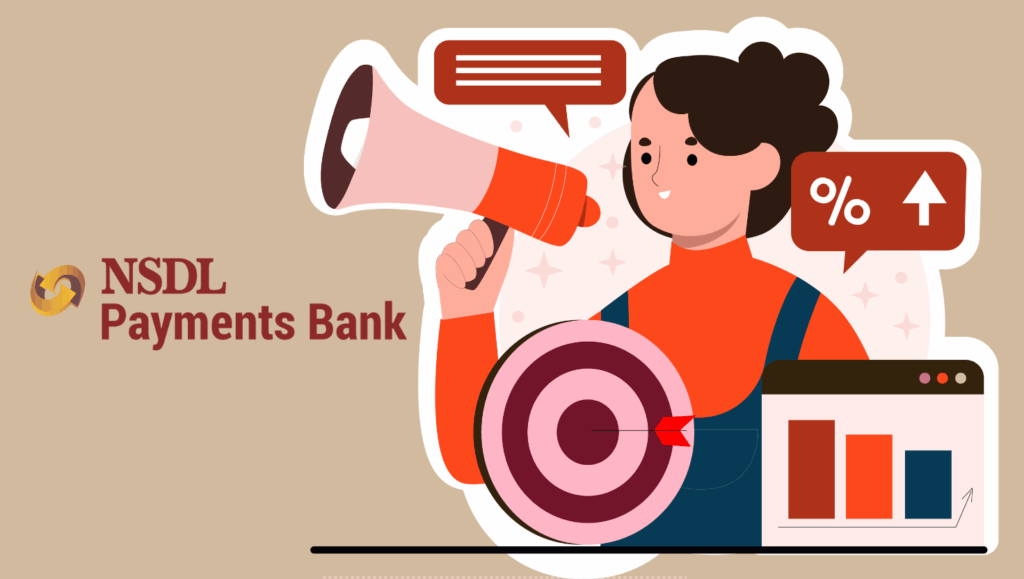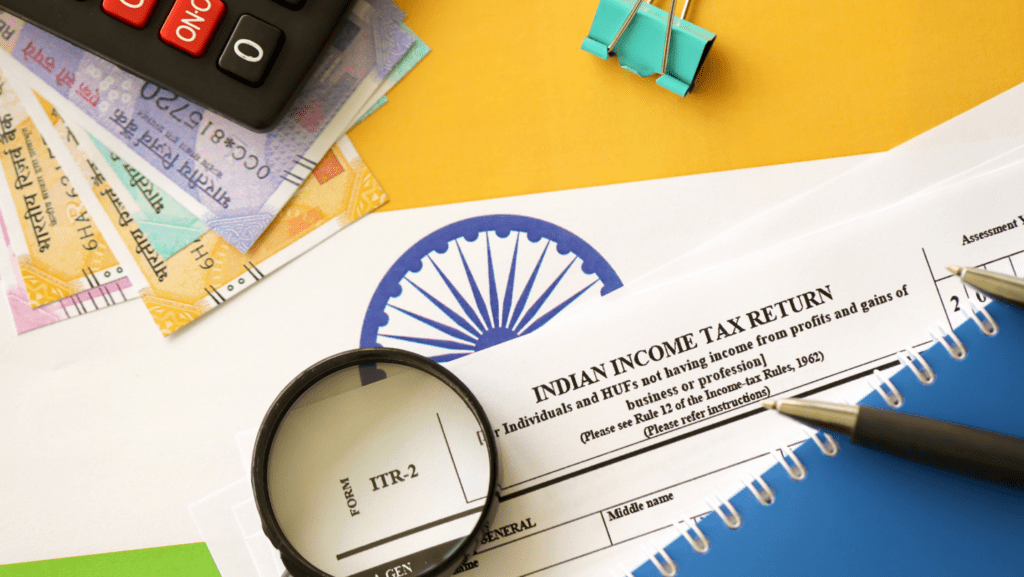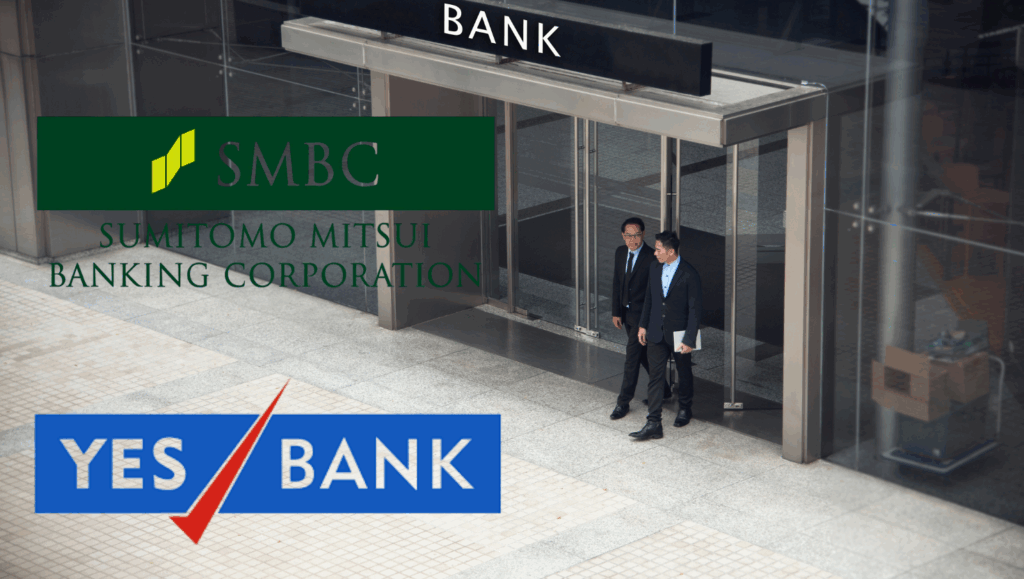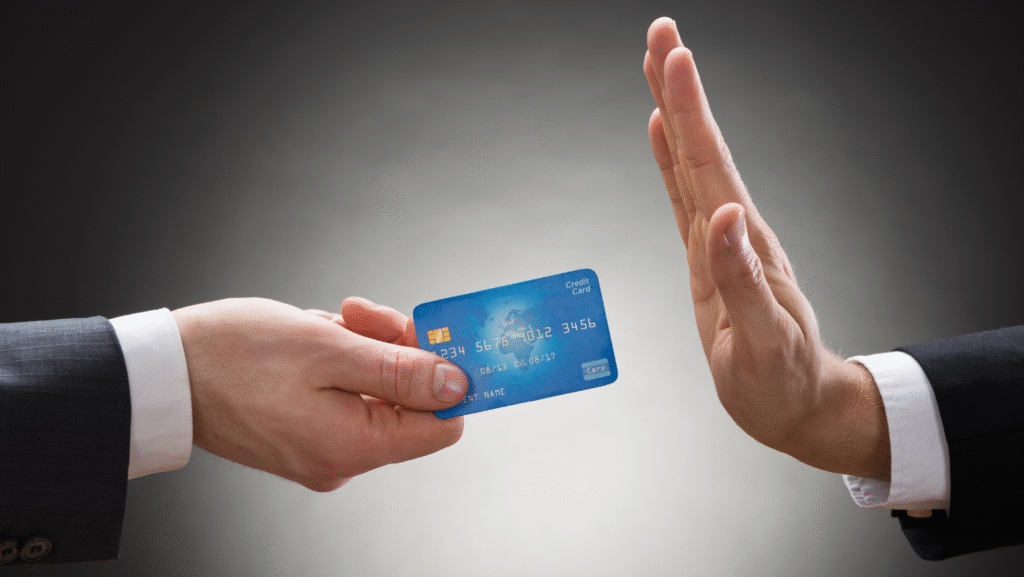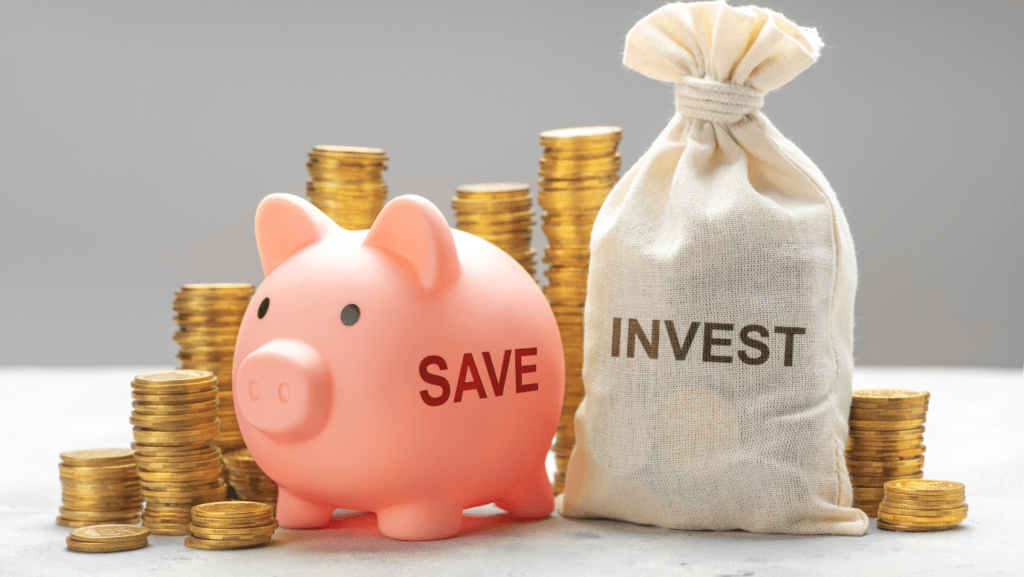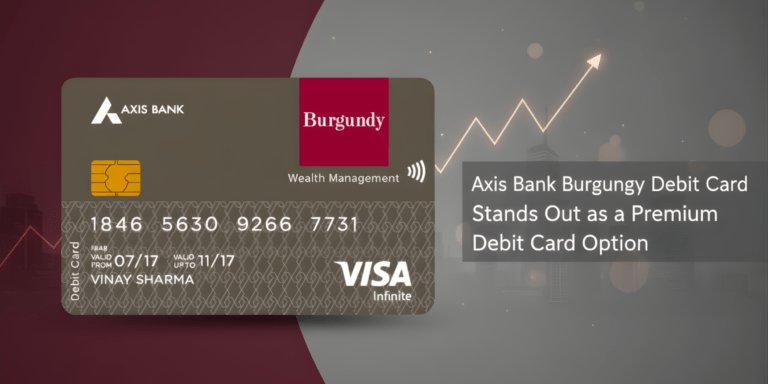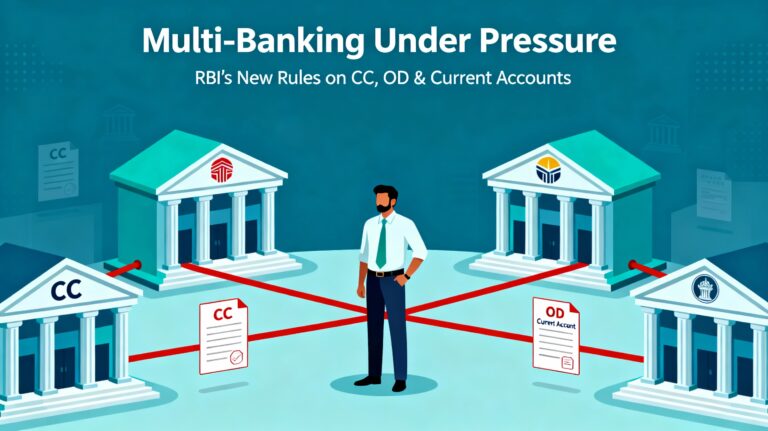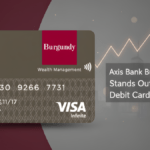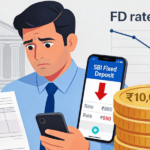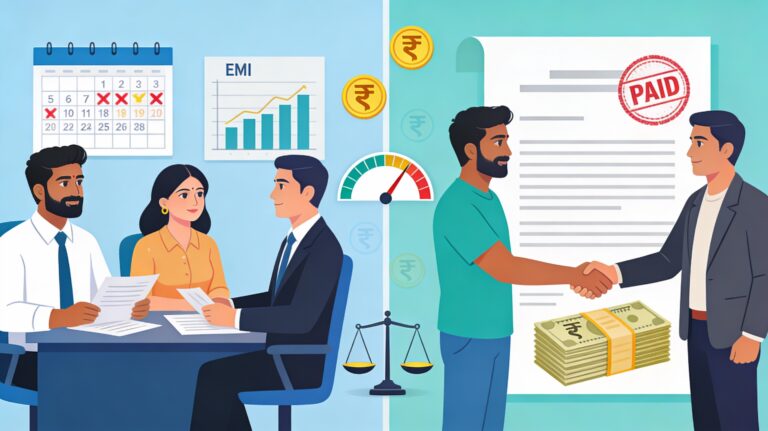
“How many fixed deposit accounts you can open and learn strategies to maximize your savings. Explore benefits, latest interest rates, tax-saving FDs, and tips to avoid common mistakes. Start growing your wealth securely with fixed deposits today!”
Fixed deposits (FDs) are one of the most popular savings instruments in the world, offering a secure and predictable way to grow your money. Whether you’re a seasoned investor or a beginner looking to park your savings, FDs provide a risk-free option with guaranteed returns. But one question that often arises is: How many fixed deposit accounts can you open?
In this comprehensive guide, we’ll explore the answer to this question, delve into the benefits of opening multiple FDs, and provide actionable tips to maximize your savings. We’ll also include the latest data and trends to help you make informed decisions. Let’s dive in!
What is a Fixed Deposit?
A fixed deposit is a financial instrument offered by banks and non-banking financial companies (NBFCs) that allows you to deposit a lump sum amount for a fixed tenure at a predetermined interest rate. Unlike savings accounts, FDs offer higher interest rates, making them an attractive option for risk-averse investors.
Key Features of Fixed Deposits:
- Guaranteed Returns: FDs offer fixed interest rates, ensuring predictable returns.
- Flexible Tenures: Tenures can range from 7 days to 10 years, depending on the bank.
- Tax Benefits: Tax-saving FDs offer deductions under Section 80C of the Income Tax Act.
- Loan Against FD: You can avail of a loan against your FD in case of emergencies.
How Many Fixed Deposit Accounts Can You Open?
The good news is that there is no legal limit to the number of fixed deposit accounts you can open. Whether you want to open one FD or multiple FDs across different banks, you are free to do so. However, the number of FDs you can open may depend on the following factors:
a) Bank Policies
While there’s no legal restriction, individual banks may have their own policies regarding the number of FDs a single customer can open. Some banks may allow unlimited FDs, while others may impose a cap.
b) Investment Goals
The number of FDs you open should align with your financial goals. For instance, you might open separate FDs for short-term and long-term goals, such as buying a car, funding education, or building an emergency fund.
c) Tax Implications
Opening multiple FDs can have tax implications. Interest earned on FDs is taxable, and having multiple FDs may push you into a higher tax bracket. It’s essential to plan your FDs strategically to minimize tax liability.
d) Management Ease
While opening multiple FDs can help diversify your savings, managing too many accounts can become cumbersome. Ensure you have a system in place to track maturity dates, interest rates, and renewal options.
Benefits of Opening Multiple Fixed Deposit Accounts
Opening multiple FDs can offer several advantages, including:
a) Diversification of Savings
By spreading your savings across multiple FDs, you can reduce risk and ensure liquidity. For example, you can have one FD for emergencies, another for a specific goal, and a third for long-term wealth creation.
b) Higher Interest Rates
Different banks offer varying interest rates on FDs. By opening FDs with multiple banks, you can take advantage of the best rates available in the market.
c) Flexible Tenures
Multiple FDs allow you to choose different tenures based on your financial goals. For instance, you can have a short-term FD for immediate needs and a long-term FD for retirement planning.
Tax-saving FDs come with a lock-in period of 5 years and offer deductions under Section 80C. By opening multiple FDs, you can optimize your tax savings while earning guaranteed returns.
Factors to Consider Before Opening Multiple FDs
Before opening multiple fixed deposit accounts, consider the following factors:
a) Interest Rates
Compare interest rates offered by different banks and NBFCs. Even a small difference in rates can significantly impact your returns over time.
b) Penalty on Premature Withdrawal
Most banks charge a penalty if you withdraw your FD before the maturity date. Ensure you understand the penalty structure before opening multiple FDs.
c) Creditworthiness of the Bank
Choose banks with high credit ratings to ensure the safety of your deposits. Avoid banks with a history of financial instability.
d) Inflation and Real Returns
While FDs offer guaranteed returns, they may not always beat inflation. Consider the real returns (returns after adjusting for inflation) before investing.
Strategies to Maximize Your Savings with Fixed Deposits
Here are some proven strategies to make the most of your fixed deposits:
a) Laddering Your FDs
FD laddering involves opening multiple FDs with different tenures. For example, you can open FDs with 1-year, 2-year, and 3-year tenures. This strategy ensures liquidity and allows you to reinvest at higher rates when each FD matures.
b) Using Cumulative vs. Non-Cumulative FDs
In cumulative FDs, interest is compounded and paid at maturity, making them ideal for long-term goals. Non-cumulative FDs pay interest periodically (monthly, quarterly, or annually), making them suitable for regular income needs.
c) Investing in Tax-Saving FDs
Tax-saving FDs offer deductions under Section 80C and have a lock-in period of 5 years. They are an excellent option for reducing your taxable income while earning guaranteed returns.
d) Reinvesting Matured FDs
When an FD matures, consider reinvesting the amount in a new FD with a higher interest rate. This helps you take advantage of rising interest rates and maximize your returns.
Latest Trends in Fixed Deposits
Here are some of the latest trends and data related to fixed deposits :
a) Rising Interest Rates
In 2023, many banks have increased their FD interest rates to attract more customers. For instance, leading banks like SBI, HDFC, and ICICI are offering rates between 6.5% and 7.5% for tenures of 1-3 years.
b) Digital FDs
With the rise of digital banking, many banks now offer the option to open FDs online. This has made the process faster, more convenient, and paperless.
c) Senior Citizen FDs
Banks are offering higher interest rates (up to 8%) for senior citizens to help them secure their retirement savings.
d) Green FDs
Some banks have introduced “green FDs,” where the funds are used to finance environmentally friendly projects. These FDs offer competitive interest rates while promoting sustainability.
Common Mistakes to Avoid with Fixed Deposits
While FDs are a safe investment option, here are some common mistakes to avoid:
a) Ignoring Inflation
FDs may not always provide inflation-beating returns. Consider other investment options like mutual funds or stocks for long-term wealth creation.
b) Not Comparing Interest Rates
Failing to compare interest rates across banks can result in lower returns. Always research and choose the best rates available.
c) Overlooking Premature Withdrawal Penalties
Withdrawing your FD before maturity can result in penalties and lower returns. Plan your investments carefully to avoid premature withdrawals.
d) Not Renewing FDs on Time
If you fail to renew your FD on time, the bank may convert it into a savings account, which offers lower interest rates. Set reminders to track maturity dates.
Final Thought
Fixed deposits are a versatile and secure way to grow your savings, and there’s no limit to how many FDs you can open. By strategically opening multiple FDs, you can diversify your savings, optimize returns, and achieve your financial goals. However, it’s essential to compare interest rates, understand tax implications, and avoid common mistakes to make the most of your investments.
with rising interest rates and digital banking options, FDs remain a reliable choice for risk-averse investors. Whether you’re saving for a short-term goal or planning for retirement, fixed deposits can help you maximize your savings with peace of mind.
Frequently Asked Questions
Q1. Can I open multiple FDs in the same bank?
Yes, most banks allow you to open multiple FDs under the same account.
Q2. Is there a minimum amount required to open an FD?
The minimum amount varies by bank but typically ranges from ₹1,000 to ₹10,000.
Q3. Can NRIs open fixed deposit accounts in India?
Yes, NRIs can open NRE (Non-Residential External) and NRO (Non-Residential Ordinary) FDs in India.
Q4. Are fixed deposits safe?
Yes, FDs are considered one of the safest investment options, especially when opened with reputable banks.
-

Loan Restructuring vs OTS: When to Choose Loan Restructuring or One Time Settlement
-
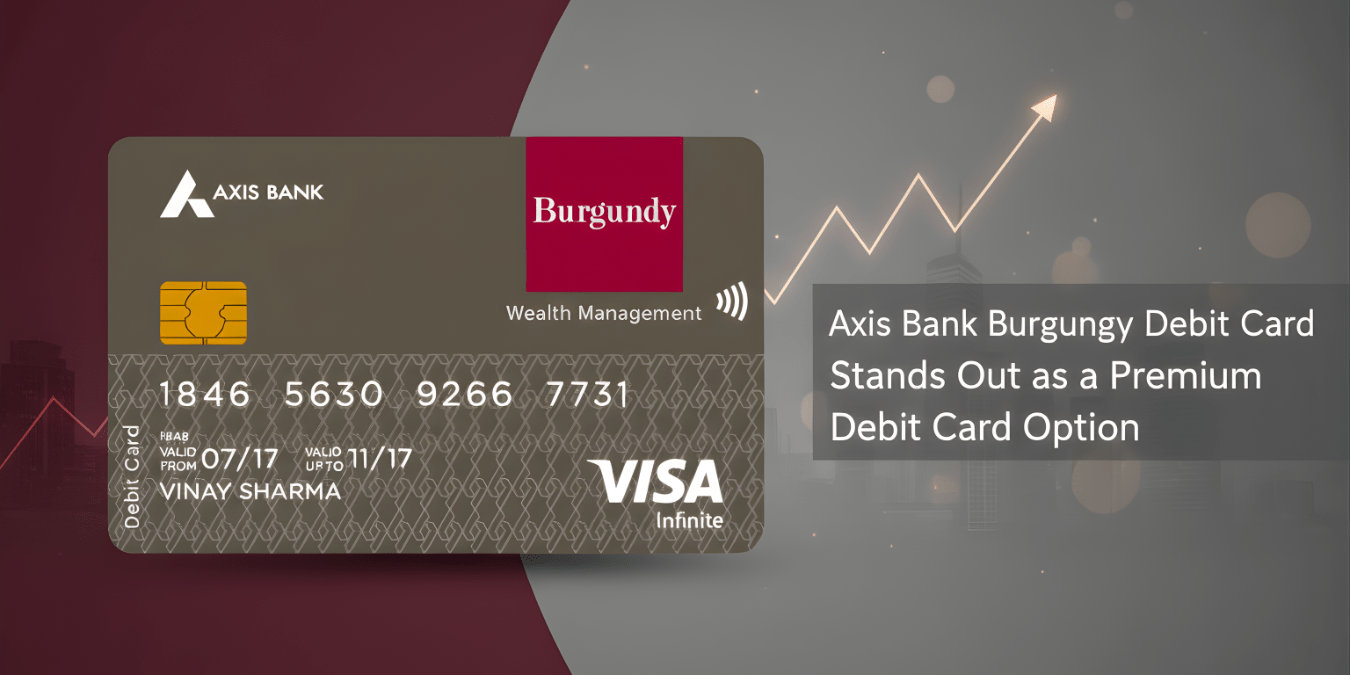
Axis Bank Burgundy Debit Card Stands Out as a Premium Debit Card Option
-
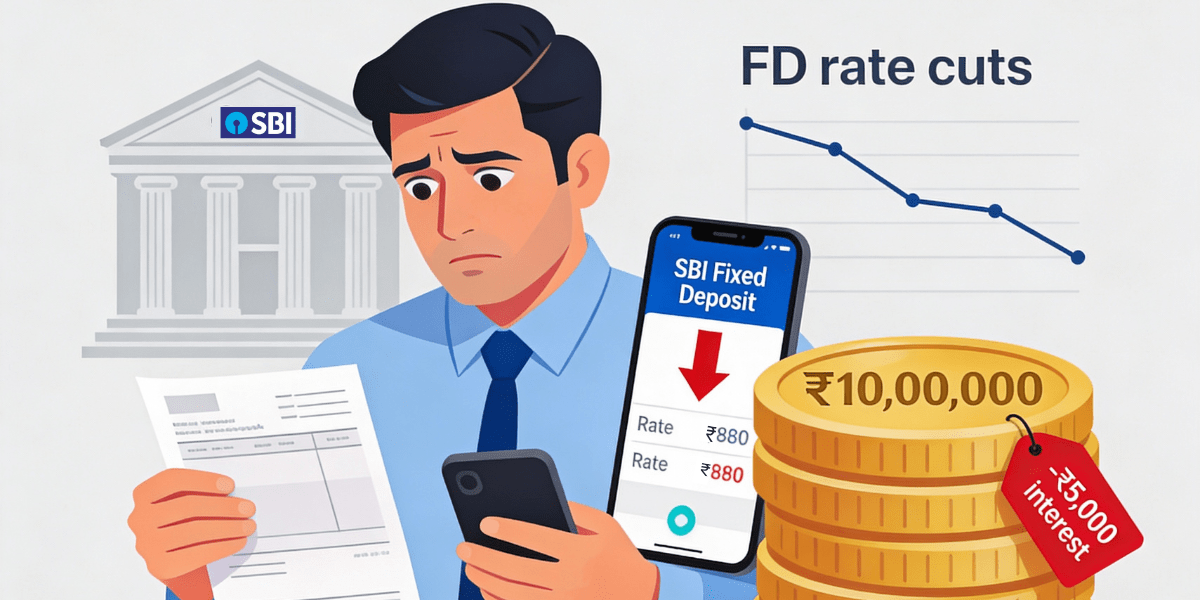
Shocking SBI FD Cut: Is Your ₹10 Lakh Savings Now Losing ₹5,000 Yearly?
-

The Silent Score Killer: Why Your Favourite Salary and Microloan App Could Block Your ₹50 Lakh Dream Loan
